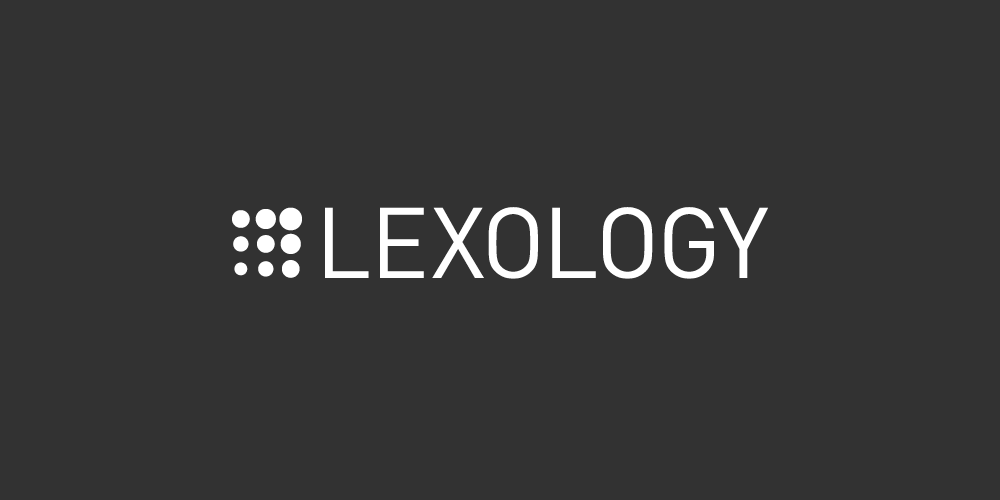As follow-up to the Communication on Business Taxation for the 21st Century in May 2021 setting-out the European Commission’s (EC) long-term vision to provide a fair and sustainable business environment and European Union (EU) tax system, the Commission released on 11 May 2022 a draft directive proposing the introduction of a debt-equity bias reduction allowance (DEBRA). The proposal aims to help businesses access financing and to become more resilient by introducing an allowance that will grant to equity similar tax treatment as to debt. The proposal stipulates that increases in a taxpayer’s equity from one tax year to the next will be deductible from its taxable base, similar to what happens to debt. It would be applicable to all taxpayers which are subject to corporate income tax in one or more EU Member States, with the exception of financial undertakings, (as defined in Article 3(1) of the draft directive) considering that they are often subject to regulatory requirements which themselves prevent thin capitalization. The proposal comprises two measures: (i) an allowance on equity; and (ii) a limitation to interest deduction.
Allowance on equity
The proposal foresees an allowance on equity to be computed by multiplying the allowance base with the relevant notional interest rate (NIR). The allowance base is equal to the difference between the equity at the end of the tax year and the equity at the end of the previous tax year, in other words, the year-on-year increase in equity.
If the allowance base of a taxpayer that has already benefitted from an allowance on equity under the rules of the proposed directive, is negative in a given tax period (equity decrease), the proposal stipulates that “a proportionate amount will become taxable for ten consecutive tax periods and up to the total increase of net equity for which such allowance has been obtained, unless the taxpayer provides evidence that this is due to losses incurred during the tax period or due to a legal obligation.”
Equity is defined by reference to Directive 2013/34/EU (Accounting Directive), meaning the sum of paid-up capital, share premium account, revaluation reserve and reserves and profits or losses carried forward. Net equity is then defined as the difference between the equity of a taxpayer and the sum of the tax value of its participation in the capital of associated enterprises and of its own shares. This definition is meant to prevent cascading the allowance through participations.
The relevant NIR is based on two components: (i) the risk-free interest rate and (ii) a risk premium. The risk-free interest rate is the risk-free interest rate with a maturity of ten years, as laid down in the implementing acts to Article 77e(2) of Directive 2009/138/EC11, in which allowance is claimed for the currency of the taxpayer. The risk premium is set at 1% and 1.5% for small and medium size enterprises (SMEs).
Notional Interest Rate (NIR) = Risk Free Rate + Risk Premium
Risk Premium = 1% (or 1.5% for SMEs)
The allowance is granted for ten years to “approximate the maturity of most debt, while keeping the overall budgetary cost of the allowance on equity under control”.
To prevent tax abuse, the deductibility of the allowance is limited to a maximum of 30% of the taxpayer’s EBITDA (earnings before interest, tax, depreciation and amortisation) for each tax year. A taxpayer will be able to carry forward, without time limitation, the part of the allowance on equity that would not be deducted in a tax year due to insufficient taxable profit. In addition, the taxpayer will be able to carry forward, for a period of maximum five years, unused allowance capacity, where the allowance on equity does not reach the aforementioned maximum amount.
Anti-abuse measures will address well-known existing schemes, such as cascading the allowance within a group. A first measure would exclude from the base of the allowance equity increases that originate from (i) intra-group loans, (ii) intra-group transfers of participations or existing business activities and (iii) cash contributions under certain conditions.
Another measure sets out specific conditions for taking into account equity increases originating from contributions in kind or investments in assets. It aims to prevent the overvaluation of assets or purchase of luxury goods for the purpose of increasing the base of the allowance.
A third measure targets the re-categorisation of old capital as new capital, which would qualify as an equity increase for the purpose of the allowance. Such re-categorisation could be achieved through a liquidation and the creation of start-ups.
Limitation to interest deduction
Simultaneously, a restriction will limit the deductibility of interest to 85% of exceeding borrowing costs (i.e. interest paid minus interest received). It is envisaged that the taxpayer would apply this new proposal first and then calculate the limitation applicable in accordance with article 4 of the Directive 2016/1164/EU (Anti-Tax Avoidance Directive, ATAD). If the result of applying the ATAD rule is a lower deductible amount, the taxpayer will be entitled to carry forward or back the difference in accordance with article 4 of ATAD.
Transposition
It is proposed that the new rule rules would apply from 1 January 2024. Member States that have rules in place providing for an allowance on equity increases (e.g. Belgium, Cyprus, Italy, Malta, Poland and Portugal) will be allowed to defer the application of the new proposal for the duration of rights already established under domestic rules or for up to ten years (whichever is shorter).
Implications
Considering the Commission’s overall tax policy agenda as well as the envisaged implementation timeline taxpayers are advised to monitor the progress of these legislative proposals. Furthermore, it will be important to analyse the interplay between the DEBRA proposal and the ATAD regulations concerning existing and future financing structures.
.
Hong Kong Government Introduces Premium Free Building Covenant Extensions as Part of Anti-Epidemic Measures
Introduction
As part of the government’s relief measures in response to the fifth wave of COVID-19 outbreak in Hong Kong, the Development Bureau announced on 14 March 2022 that extensions to the building covenant (BC) period for up to six months at nil premium will be granted.
On 18 March 2022, the Lands Department (LandsD) issued a Practice Note (LAO No.2/2022)1 (2022 PN) to provide further operational details of such relief measure. This legal update summarizes the eligibility under the new measure and how the real estate industry may make use of the measure to plan for development progress.
What Developments are Eligible?
We summarize below the types of developments which are eligible for free BC extension:
How to Benefit?
As opposed to the BC concession introduced by LandsD in 2020, no application is required from landowners this time around. Instead, LandsD will issue a letter offering BC extension for eligible cases:
Take Care of Your Construction Loans!
Separately, landowners who have taken out construction loans to finance development of buildings should also note that the BC extension does not necessarily entail a matching extension to the development completion deadline required under the relevant finance documents. Such deadline may be stated as a fixed date independent of the expiry date of the BC period.
In such case, if a delay in development completion is expected, while the new measure may address this from a government lease perspective, landowners are reminded to seek the financier’s consent for a corresponding extension of the development period or a waiver for a potential breach of the relevant development covenant under the finance documents.
Exclusion of BC Granted in Compulsory Sale Cases
The 2022 PN provides that the new measure does not apply to BC period which is not imposed by LandsD. On this, the 2022 PN specifically mentions that the BC imposed by the Lands Tribunal in compulsory sale applications made pursuant to the Land (Compulsory Sale for Redevelopment) Ordinance (Cap. 545) (LCSRO) is NOT eligible for the new measure. We consider that BC imposed under LCSRO should also be eligible:
- According to s.9 of the LCSRO, each condition specified in Schedule 3 thereto is deemed to be a condition of the government lease of the lot the subject of an order for sale granted by the Lands Tribunal under the LCSRO.
- The conditions in Schedule 3 to the LCSRO impose a BC period of up to six years, to be specified by the Lands Tribunal in the sale order, within which the redevelopment shall be completed, subject to extension as may be granted by the Lands Tribunal on application.
- Given that, as a matter of law, the conditions under Schedule 3 to the LCSRO (being the building covenant), are “deemed to be” conditions of the government lease where the LandsD is entitled to take enforcement action against the landowner in case of breach, we consider that the new measure on BC extension should equally apply to government leases of the lots acquired through compulsory sale under the LCSRO.
Conclusion
Although no application is required for this round of free BC extension, it may be a bit “too late” if LandsD only issues its confirmation letter within three calendar months before expiration of the BC date pursuant to the PN. It is because landowners do require certainty at the early stage of the development to ensure that they are entitled to the free BC extension in order to plan ahead for their projects (e.g., construction progress, milestone dates for pre-sale consent, etc.).
We recommend that landowners of eligible developments take the initiative to seek early confirmation from LandsD to ensure they are eligible for the requisite BC extension. We also suggest the government (through LandsD) to issue a list of those government land grants and lease modification cases with BC date not yet expired as at 14 Mar 2022, so as to provide more certainty to the real estate industry.
.




